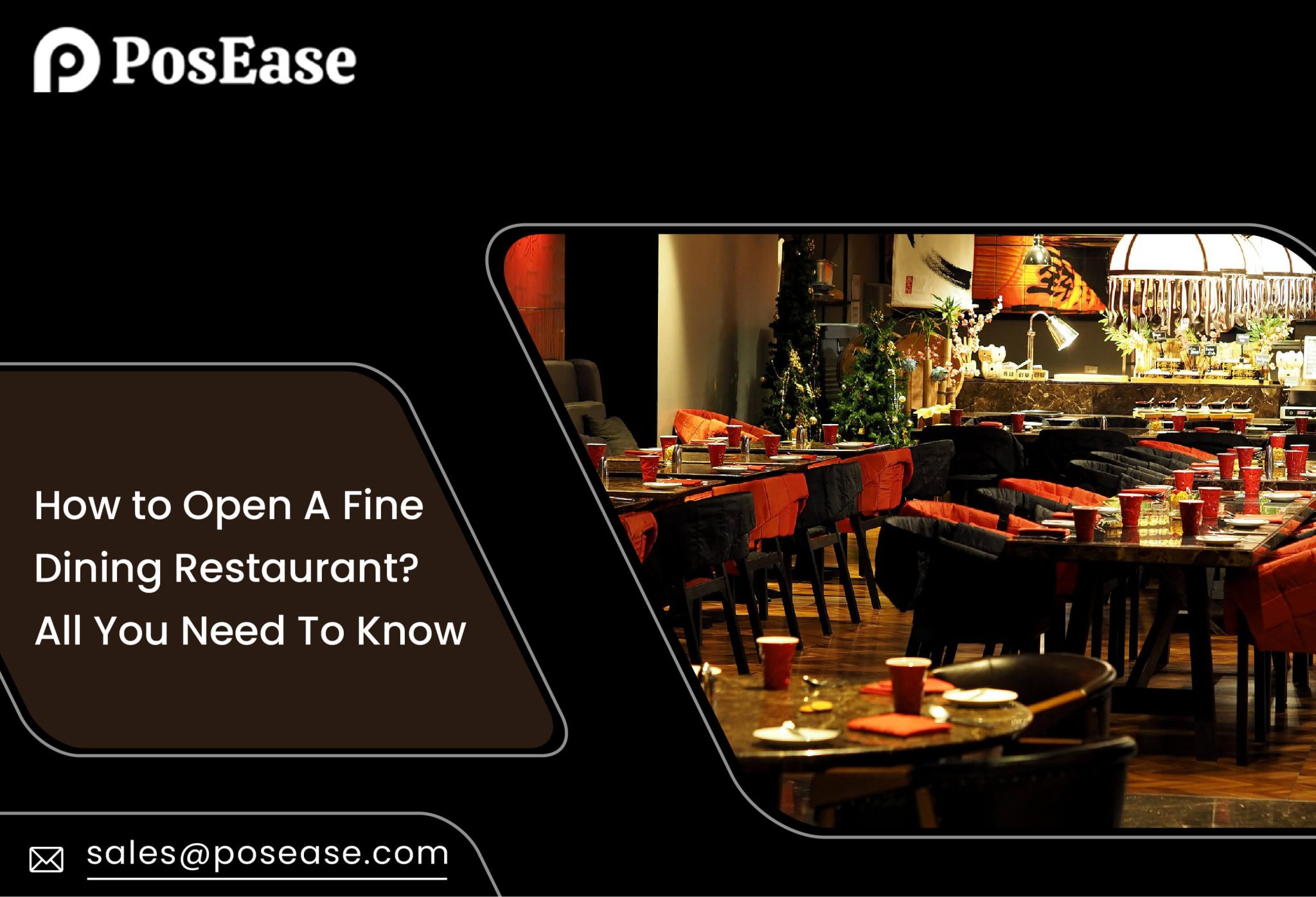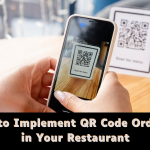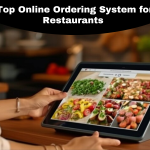How to open a fine dining restaurant? All you need to know

One of the most upcoming businesses in India is the food industry and the restaurant business is now flourishing. Gaining pace day by day, your culinary skills and expertise are needed to successfully run a restaurant.
Some key points to be kept in mind while starting a restaurant are:
- Some common mistakes to avoid: The success or failure of a restaurant business rests on how effectively and smoothly you manage your customers, food quality and workforce. Some errors that a restaurant should avoid making are:-
- Not maintaining the food quality: People relish the taste and the quality of your food and come back to visit your joint for similar dishes but compromising on the food quality and hygiene might give you a setback.
- Managing and hiring the workforce: It is essential to have the right kind of staff for each job and more so, the owner should be capable enough not only to hire properly but also to retain and manage the staff.
- Part-time business: Many people try and manage their business part-time but later realize it’s an inconvenience.
- Establishing a CRM: A restaurant owner needs to have a strong customer base and should be able to maintain it and retain the customers who come back to the restaurant again and again.
- Working out the economics of your restaurant: The restaurant owner needs to be very clear about the profitability, as to how much and at what point of time, can the profitability be achieved to run the business smoothly.
- Finalizing a business model: The kind of restaurant you want to start depends on various factors that include your budget, market potential and the type of cuisine you wish. Beginning from rupees 5,00,000 up to rupees 2,00,00,000 is the investment. The various restaurant business models include-
- A food truck, a cloud kitchen or a dark kitchen where investment is low and so the other returns are also not as high.
- With moderate returns and a moderate investment, you could invest in a QSR, a Cafe, a bakery or a simple dine-in.
- Fine dining or a restro bar would include high investment and hence, would yield greater returns.
- Setting up the menu: This is the time when you need to get associated with chefs and consultants who will guide you to set up your food menu. It might sound like an easy job however, getting assistance from chefs and consultants is recommended as you can finalize the equipment needed and the ingredients and then go about it in an organized way.
- Tying up with vendors for equipment and ingredients: Keeping an estimate of your budget, you have to finalize the equipment like the oven, racks, burners, cooking utensils, serving sets and kitchen table. OTG and other display counters should be branded, new and of a reliable company that provides you good service. Local wholesale dealers can be linked up for the regular purchase of ingredients and, for packaging, you can use Swiggy assist or Ink monk.
- The essential three P’s: It consists of the price, product and place. To decide on the location of the restaurant, you can use the restaurant location analyser, which is a free tool. Some trending online portals like No Broker, Magi bricks, and 99 acres make your work easy. Although you can work and improve your price and product, some tips that help you choose the right location are:
- In a place where the ground floor is available for the restaurant, the top floor should be avoided unless you are collaborating with a franchisee or are planning to cater to youngsters or deciding to go in for a bar.
- Always track the footfall.
- If the location is not very happening make sure that the people around have a good capacity to spend and the area is developing so that, there is hope in the future.
- Ample parking spaces should be available to avoid any inconvenience.
- The place should comply with fire safety norms.
- A commercial electricity connection is needed.
- Hygienic and healthy surroundings, proper pest control and garbage disposal are mainly needed to be taken care of.
- Provision for water supply has to be good as any food outlet requires a lot of water.
- A lot of research has to be done regarding people’s choices of food and the spending capacity they have. Zomato has listings of what people love here and the average cost, to begin with.
- Places where people just stop for a glance and move on should be avoided.
- Requirement of a team for construction: The most essential point to be noted is to get all the approvals from FSSAI and the fire department regarding the layout and the plan of your restaurant. A team that executes the project is to be set up, and all the needs and requirements of the restaurant and the kitchen should be determined. The features to be incorporated include the restaurant layout, the architecture and the branding.
- Getting the license and the approvals: Depending upon the state you are opening the restaurant you need to get the required license and approval from the local authorities. A local agent can be hired to assist you regarding all this. Certain approvals are required before the launch which include the company and the GST registration, FSSAI license, trade license, eating house license, NOC from the fire department, environmental clearance, and signage license. Based on your outlet you require a music license, liquor license and clearance for a lift. The license required soon after the launch includes the shop and establishment act, ESI and PF registrations, and shop and liability insurance.
- Tying up with food aggregators: Tying up with these food aggregators serves as a platform where you can advertise and create a good customer base. Care should be taken regarding the packaging, quality and quantity of the food. Some good food aggregators to tie up with include Zomato, Swiggy and Uber eat.
- The Launch: The launch of a restaurant is a special occasion and requires a lot of planning and execution. Some important points to be kept in mind for the special day are:
- Complete trials and tests to be done in the kitchen on that day. The kitchen should be organized for a smooth order flow. Packaging materials, setting up crockery, purchasing the ingredients and inviting friends for tasting and their valuable feedback. Make sure that there is a power backup by keeping the generator ready and pest control is done to maintain hygiene.
- Managing customers on the first day, for which you have to send the invitations, and get the photographer ready. Make sure that your outlet is well set up and decorate it as per the theme, and the signage board of the outlet has to be in place. The housekeeping is all planned and the staff is ready with their attire and head caps. You can even think of providing samples or small tokens to the customers as return favors.
- Working towards smoother operations: for this, you need to ensure that your billing system is up to date, the Restaurant POS system is working fine, there is a good internet connection, the credit card machine is operational, and the UPI QR code can be scanned. After managing all the billing facilities you have to keep a copy of all your registrations and license in case of any checking, and a CCTV to be installed to keep a regular track of the people walking in.
- Things to be kept in mind after you go live: After the launch is done, there are certain points to be kept in mind regarding the training of the staff, investing, marketing and customer feedback. You need to activate Google my business listing and create a Zomato listing as well.
Besides, you need Facebook and Instagram pages to publicize your restaurant. Establish a good CRM and track your customers. Maintain all the norms of food safety and be careful of hygiene around your joints. You need to manage the production and the inventory and plan your purchase and accounting. These features thereby, assist you in starting a new restaurant and enable you to manage it for further expansion, encouraging you to create multiple outlets.
Search
Category
Recent Posts




